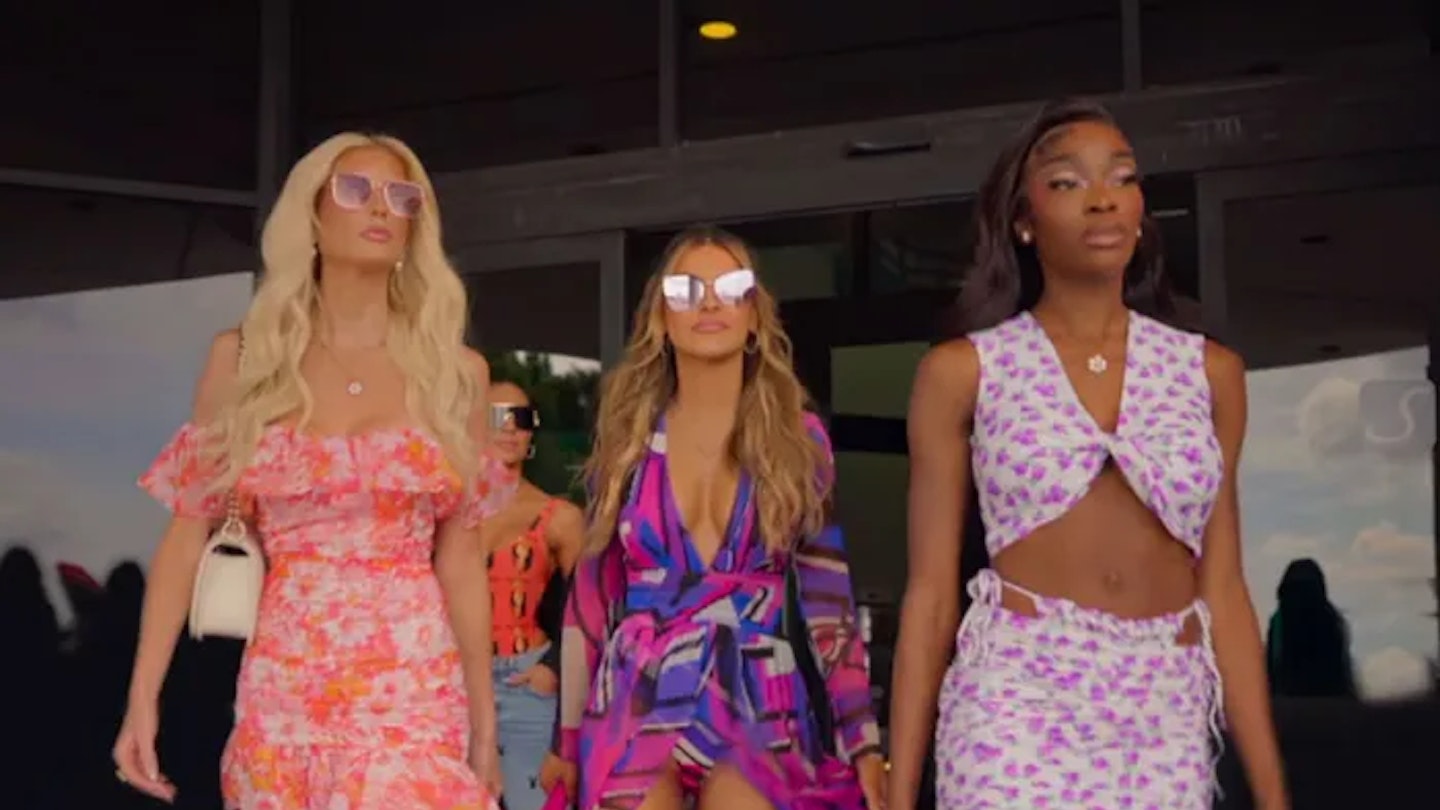2024 has, whether you like it or not, undoubtedly been the year of skinny. The tide of Ozempic use (the diabetes drug which has weight loss side effects) amongst those in the public eye, along with the wave of Y2K inspired body-con fashion trends (think: ultra lowrise jeans paired with crop tops) has meant that any progress we felt like we were making in the last few years when it comes to body diversity and inclusivity in our mainstream media has felt like it could be petering out.
It’s depressing, especially for those of us who don’t fit the ‘skinny’ mould, and were heartened to see the trickle of bigger bodies which were encroaching on what had previously been forbidden territory: namely, catwalks and red carpets. Now, famous people only seem to be getting skinnier. ‘Ozempic has won, body positivity has lost,’ read one headline in the Guardian this summer.
When it comes to championing skinny on screen right now, you may look no further than Netflix’s super-successful series Selling Sunset, the impossibly bright and glossy ‘constructed’ reality show devised by The Hills creator Adam Divello, which follows the lives of The Oppenheimer Group’s real estate agents Emma Hernan, Mary Fitzgerald, Chrishell Stause, Chelsea Lazkani and Bre Tiesi. The women (because the agents are all women, run in a sort of Charlie’s Angels operation led by vertically challenged twins Jason and Brett Oppenheim) are designer-clad and very thin.
The O Group, as it’s affectionately known, certainly isn’t a normal office: no reheating last night’s leftovers for lunch here. In this office, no one has worn flat shoes for decades.
Of course it’s not meant to be normal: they live in LA, sell $50m houses with three wine cellars, and they’re filming a reality show that *some* say is scripted. That being said, seeing a cast entirely made up of such thin women feels jarring, are there really no potential O Group agents over a size six in the whole of LA?
It’s impossible not to notice, and viewers have been pointing out the thinness on Selling Sunset during this current season, the show’s eighth. ‘Is it a requirement to be skinny if you wanna be on selling sunset?’ wrote one user. ‘I always forget how impossibly skinny the selling sunset women are,’ wrote another. One said, ‘The girls on selling sunset are so skinny holy FUCK’.
The body shaming of thin people will never work to even out the issue of body diversity, of course, and thinness has every right to take its place on screen - it would just be nice to see a balancing out of the scales, quite literally. Accepting your own body is hard enough, especially as a young woman, but if you’re offered such a limited representation of what is presented as beautiful or attractive on screen, on catwalks and on red carpets, the quest is going to be even harder.
No one is expecting The Oppenheim Group nor Selling Sunset to be groundbreaking in its representation of women - it is light, fluffy entertainment. But as a reality show aimed at women, wouldn’t it be wonderful if they did break the stereotype that we must be thin to be fabulous?
